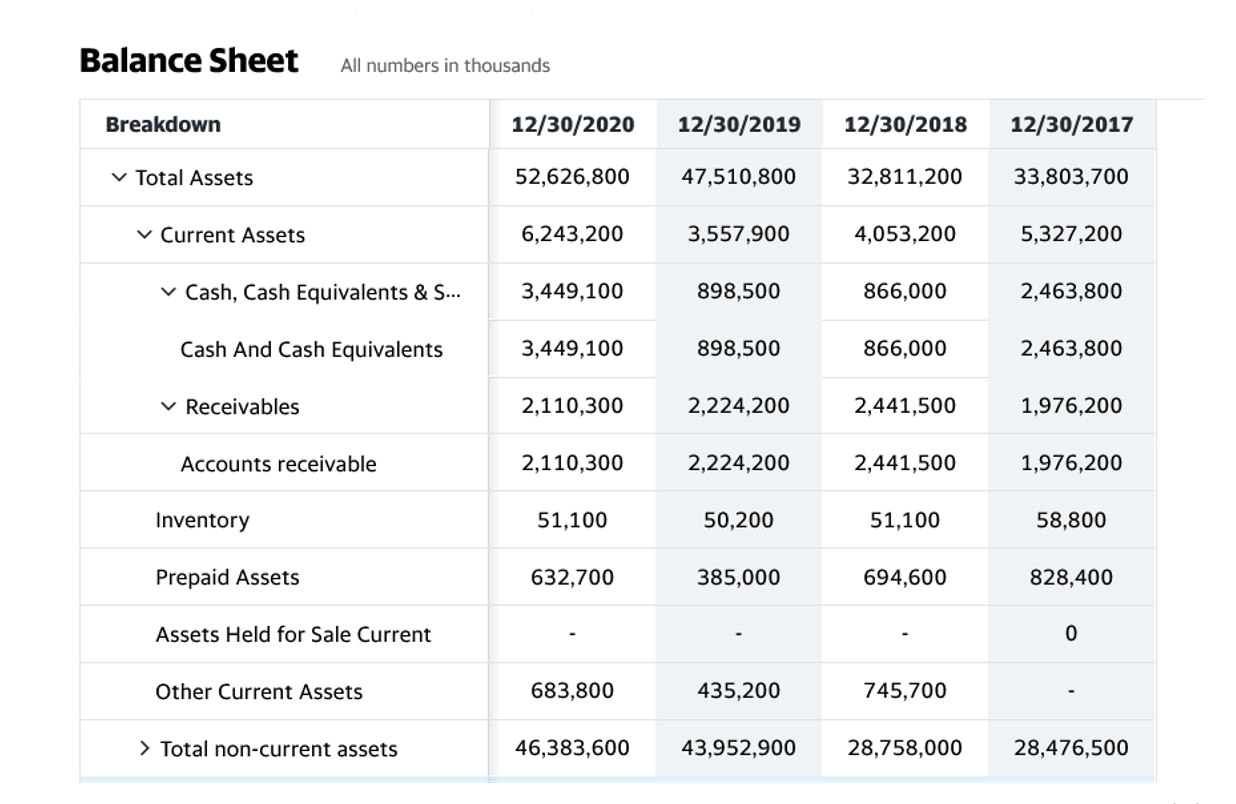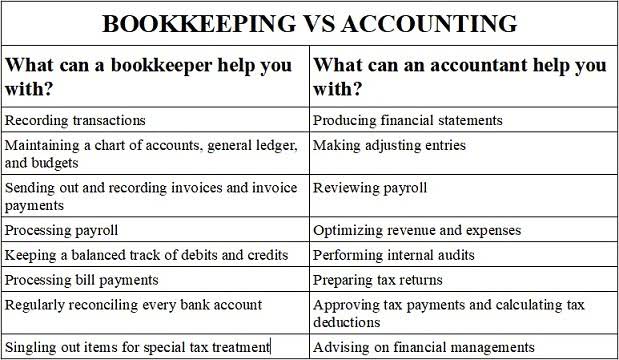Leveraged Finance Meaning, Explained, Example, Groups

Though companies can also use equity to build assets, they prefer taking debts as the cost of borrowing is less than the cost of equity. However, while debt gives a huge relief to businesses for a time being, it is quite risky. Financial leverage is an investment strategy where businesses borrow money to buy assets and increase capital to expand their venture. The firms opt for this option only when they know that their investment has the potential to generate profits that could easily help them pay back their debt.
Take out student loans with Leverage
Operating leverage, on the other hand, doesn’t take into account borrowed money. Companies with high ongoing expenses, such as manufacturing firms, have high operating leverage. High operating leverages indicate that if a company were to run into trouble, it would find it more difficult to turn a profit because the company’s fixed costs are relatively high. In effect, leverage ratios provide more insights into the ability of the company’s cash flows to cover upcoming debt obligations, as opposed to a proportion of how levered a particular company’s capital structure is.

Institutional Investor Bond Financing
- Brokers and contract traders also often charge fees, premiums, and margin rates.
- If you sold it and paid off the $400,000 loan, you’d be left with a $50,000 profit ($150,000 – $100,000 down payment), aside from taxes and fees.
- The break-even point can be calculated by dividing the fixed cost by percentage of contribution to sales or P/V Ratio.
- Let us dive deeper into this article to get a clear understanding of financial leverage, its formulas, types and ratios applied in the business.
- During an economic downturn, Company A experiences a significant drop in sales.
- It means that the item has more debt than equity when someone refers to a company, property, or investment as being “highly leveraged.”
- If your cash flow is stable and you have a solid plan to cover debts—possibly through dividends or rental income—leverage might find a suitable place in your investment strategy.
Combined leverage refers to the use of both financial and operating leverage to increase leverage in finance the potential return on investments. It involves using both debt financing and fixed costs to purchase assets or invest in projects. A suite of financial ratios referred to as leverage ratios analyzes the level of indebtedness a company experiences against various assets.

How Does Leverage Work “In Financial Market”?
Publicly traded companies must comply with SEC disclosure requirements, ensuring leverage-related risks are transparently reported in financial statements. Under Regulation S-K, firms must provide discussions on liquidity and balance sheet capital resources, including material debt obligations that could impact financial flexibility. Failure to disclose leverage risks adequately can result in enforcement actions, fines, or investor lawsuits under Rule 10b-5 of the Securities Exchange Act.
- Because the funds used for such purposes belong to the lender – i.e. must be repaid in full at maturity – the use of leverage can cause returns to rise.
- Debt isn’t directly considered in the equity multiplier but it’s inherently included because total assets and total equity each have a direct relationship with total debt.
- InvestingPro offers detailed insights into companies’ financial leverage including sector benchmarks and competitor analysis.
- Investors who aren’t comfortable using leverage directly can access leverage indirectly in a variety of ways.
- Hence, firms should limit the use of leverage in their capital structure—to limit risks.
- Revolving credit lines are like a corporate card, allowing companies to draw from it or pay it down based on the company’s short term working capital needs.
- High operating leverages indicate that if a company were to run into trouble, it would find it more difficult to turn a profit because the company’s fixed costs are relatively high.
Financial leverage is a crucial concept in investing and finance, influencing the risk and return dynamics of businesses and investments. It refers to the use of debt to finance operations or investments, with the aim of magnifying returns. Understanding financial leverage is essential for investors, managers, and analysts as it can significantly impact financial decisions and outcomes. Leverage can be especially useful for small businesses and startups that may not have a lot of capital or assets. By using small business loans or business credit cards, you can finance business operations and get your company off the ground until you start earning profits. When you take out a loan or a line of credit, the interest payments are tax-deductible, making the use of leverage even more beneficial.

What Is Financial Leverage? Meaning, Formula, Ratio, Examples

It shows how much EBIT changes in response to changes in sales, which is relevant for understanding the impact of operating leverage on Grocery Store Accounting profitability. The debt-to-capital ratio focuses on the relationship of debt liabilities as a component of a company’s total capital base. It’s calculated by dividing a company’s total debt by its total capital which is total debt plus total shareholders’ equity. Leverage ratios assess the ability of a company, institution, or individual to meet their financial obligations. Carrying too much debt can be dangerous for a company and its investors but the debt may help to fuel growth if a company’s operations can generate a higher rate of return than the interest rate on its loans. The financial leverage ratio is an indicator of how much debt a company is using to finance its assets.
- For example, suppose a company with $1 million in assets finances $800,000 through debt and $200,000 through equity.
- Leverage can also sometimes involve investments like options that don’t require borrowed money but instead enable you to control a larger position than what your cash would otherwise get you.
- It’s as though the financial reins have been loosened, allowing for more maneuverability but also necessitating a higher degree of self-discipline on the borrower’s part.
- Going into debt can have serious consequences if you can’t afford to repay what you borrow, like damaging your credit or leading to foreclosure.
- This ratio is calculated by dividing earnings before interest and taxes (EBIT) by interest expenses.
- Leverage in financial management is a type of investment where money borrowed is used to get maximum return on investment or acquire additional assets for business expansion.
Second Lien Leveraged Loans
- For example, an Interest Coverage Ratio of 5 means that the company’s EBIT is five times its interest expenses, providing a comfortable buffer for meeting its debt obligations.
- On the flip side, cash flow loans are like a trust fall with lenders, relying on your projected cash flow without the need for collateral.
- It may also result in credit rating downgrades and higher borrowing costs.
- Lastly, the nascent realm of digital assets and cryptocurrencies begins to intersect with leveraged finance.
- The purpose is to assess if the company’s cash flows can adequately handle existing debt obligations.
The issuing companies cannot tap into bond markets and, therefore, raise capital through this mode of financing. As these bonds involve a risk of default, they are extended at a higher coupon rate. In addition, some of these bonds might come with negative covenants—no additional borrowing until the repayment of the previously issued bonds. Institutional investors offer term B loans to companies, and the borrowers repay according to the repayment schedule. The borrower repays a very little amount every year, and the remaining loan amount is to be repaid on maturity.